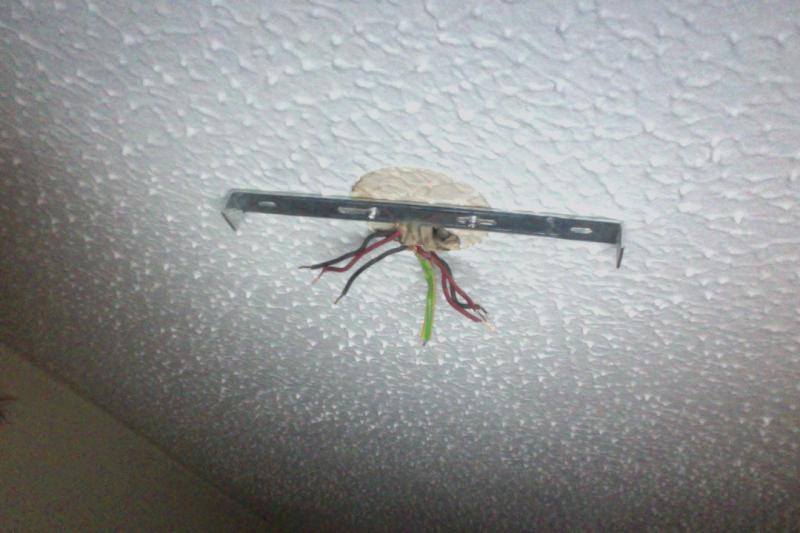Went to fit a new modern light fixture into my flat. Didn't want to have all power off in flat just lights. So isolated it so no lighting worked. Got to work. Got fixture up and was ready to have break. So flicked switch to have lights back on. Did that and now no light will work in house?
What have I done , why has it done this?
What have I done , why has it done this?




